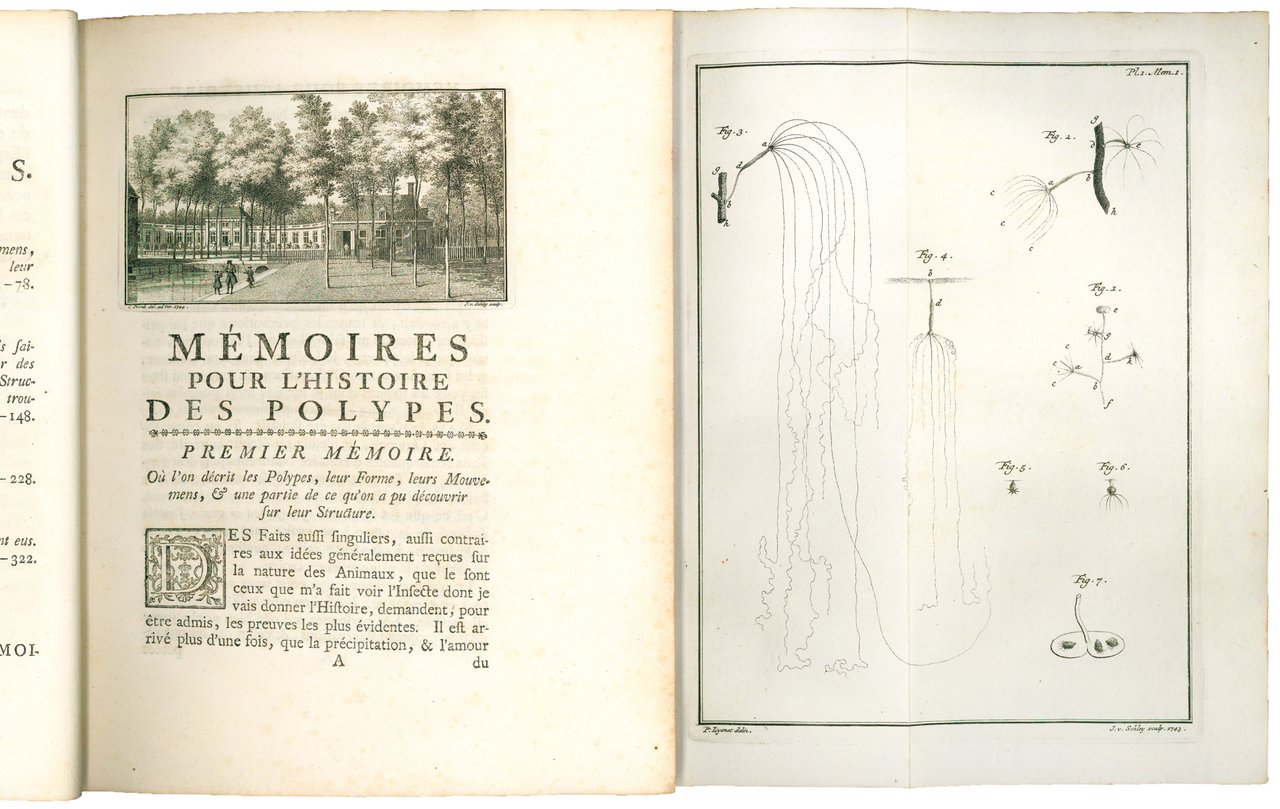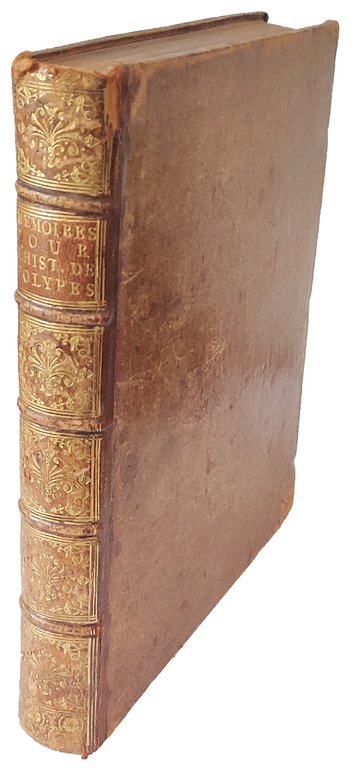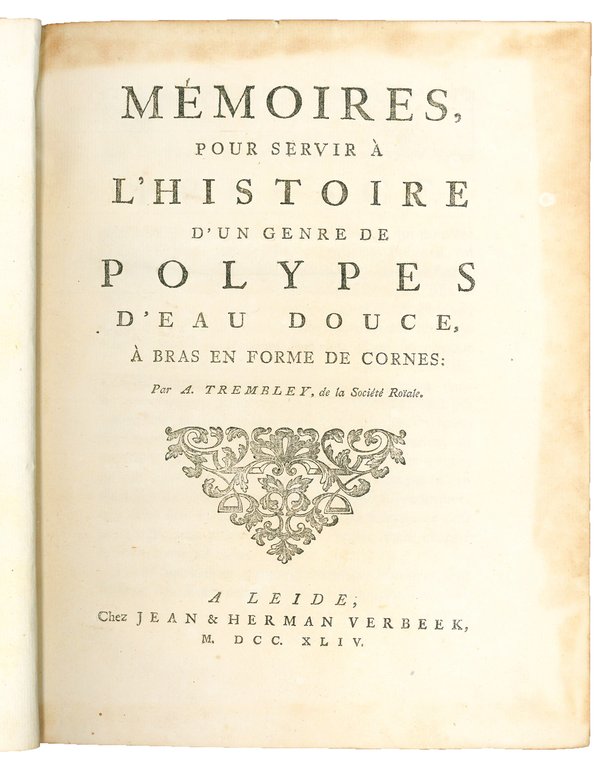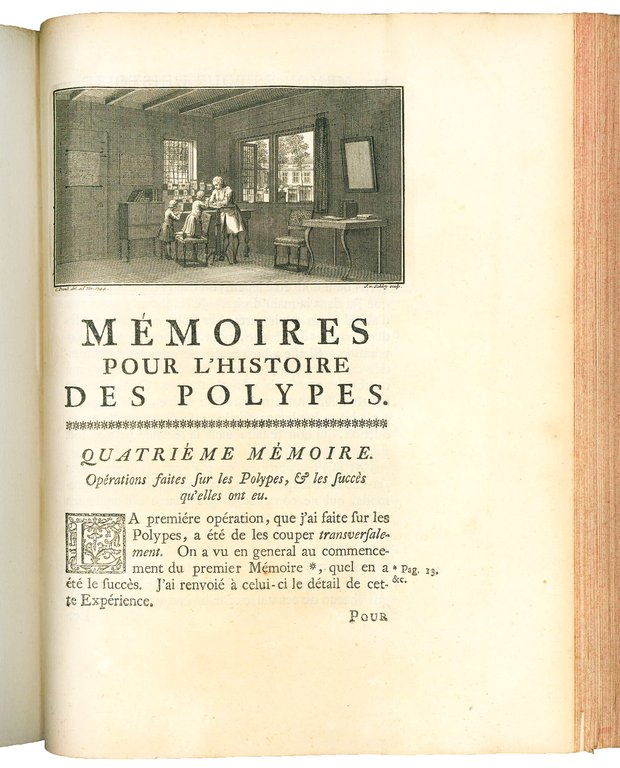



Libros antiguos y modernos
TREMBLEY, Abraham (1710-1784)
Mémoires, pour servir à l'histoire d'un genre de polypes d'eau douce, à bras en forme de cornes
Johannes & Hermanus Verbeek, 1744
850,00 €
Govi Libreria Antiquaria
(Modena, Italia)
Los gastos de envío correctos se calculan una vez añadida la dirección de envío durante la creación del pedido. El vendedor puede elegir uno o varios métodos de envío: standard, express, economy o in store pick-up.
Condiciones de envío de la Librería:
Para los productos con un precio superior a 300 euros, es posible solicitar un plan de pago a plazos al Maremagnum. El pago puede efectuarse con Carta del Docente, Carta della cultura giovani e del merito, Administración Pública.
Los plazos de entrega se estiman en función de los plazos de envío de la librería y del transportista. En caso de retención aduanera, pueden producirse retrasos en la entrega. Los posibles gastos de aduana corren a cargo del destinatario.
Pulsa para saber másFormas de Pago
- PayPal
- Tarjeta de crédito
- Transferencia Bancaria
-
-
Descubre cómo utilizar
tu Carta del Docente -
Descubre cómo utilizar
tu Carta della cultura giovani e del merito
Detalles
Descripción
4to (250x200 mm). XV, [1], 324, [2] pp. and 13 folding plates engraved by Jacob van der Schley after Pierre Lyonet. Collation: *-**4, A-I4 K4(-4) L-Ss4. Four nicely illustrated headpieces engraved by Van der Schley after C. Pronk. Four engraved decorative tailpieces. Contemporary calf, richly gilt spine with lettering piece, red edges (worn and rubbed). On the front pastedown bookplate of William Constable. Occasionally slightly browned, title page a bit stained in the margin, overall a good copy.
First edition (a two-volume octavo edition appeared in Paris in the same year) of this work on the hydra, in which Trembley for the first time observes in it asexual reproduction, regeneration, and photosensitivity in an animal without eyes. “Trembley was one of the pioneers of experimental morphology. The above work records how he cut hydras into several pieces, producing new individuals, and how, by cutting up the latter, he obtained a third generation. His experiments were of great importance in the study of the regeneration of lost parts, he was the first to make permanent grafts and to witness cell division” (Garrison-Morton).
Nissen, 4163; Garrison-Morton, 307; Blake 458; Norman, 2094; Waller, 1107.

